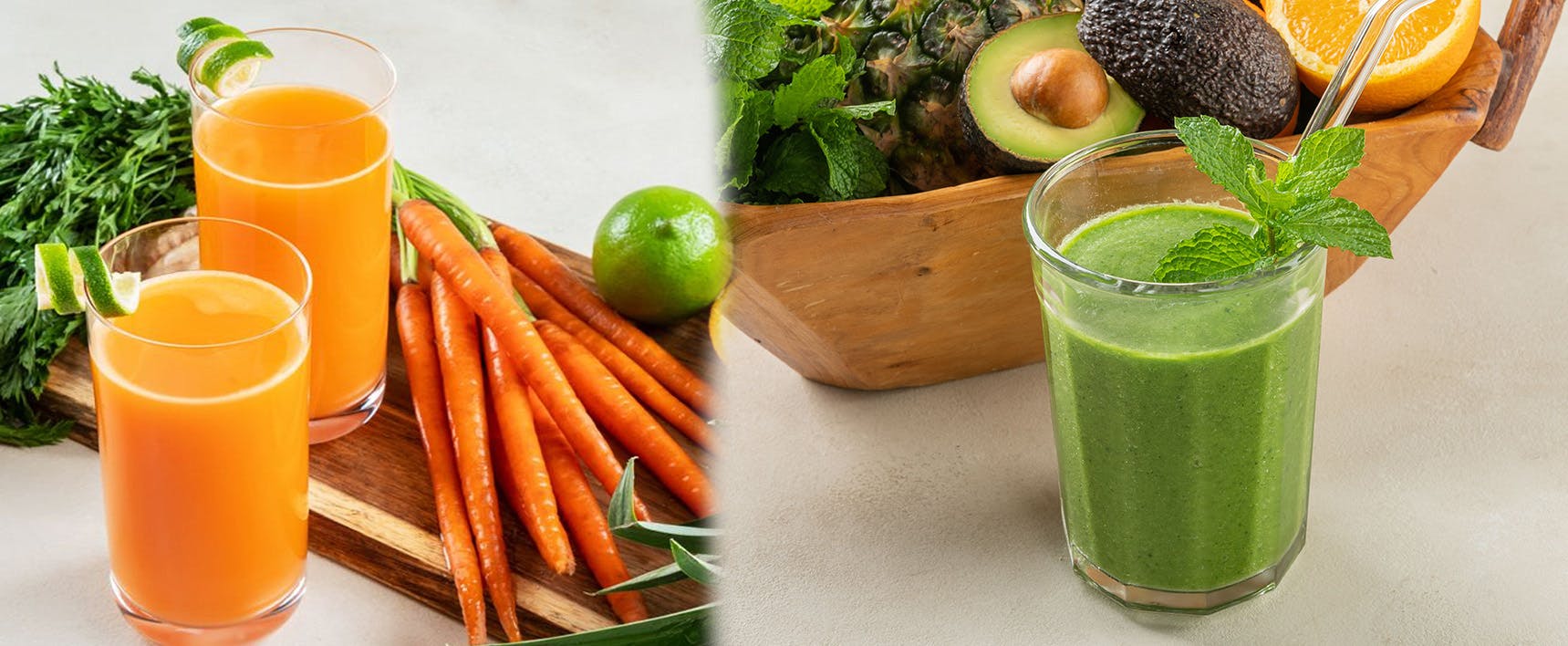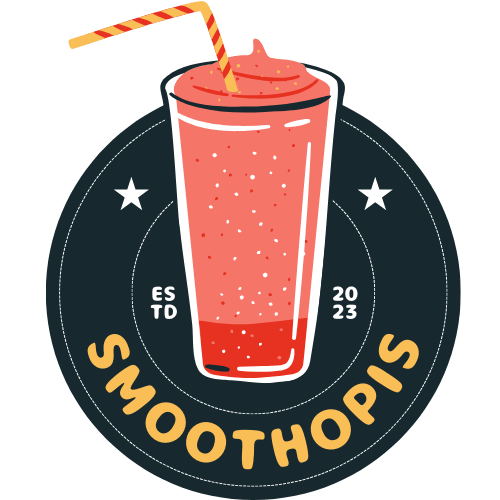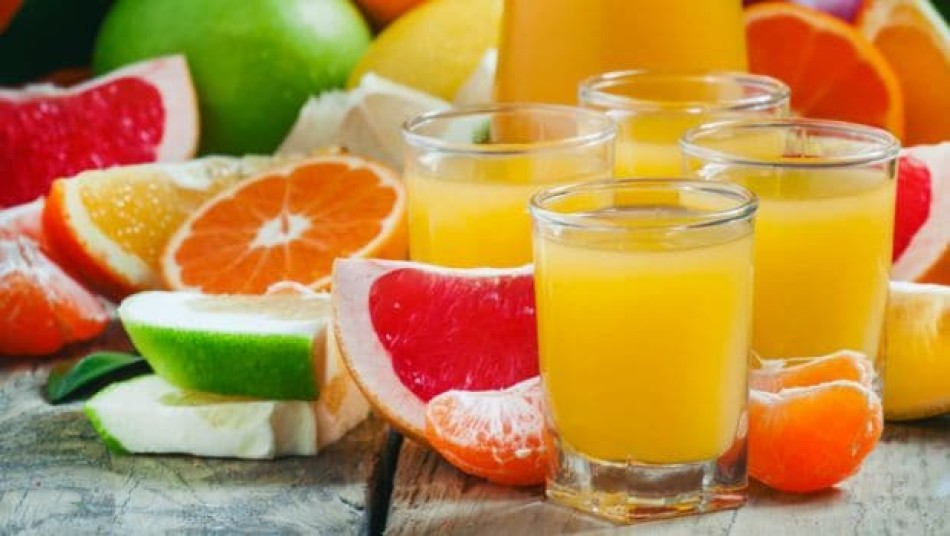Blog
Juicing vs Blending – Which Is Better for You?
When it comes to healthy drinking habits, juicing and blending are two popular methods for consuming fruits and vegetables. Both have their own set of benefits, but which one is truly better for you? The choice between juicing and blending depends on your specific health goals, lifestyle, and preferences. In this article, we’ll compare the two, highlighting the advantages and disadvantages of each so you can decide which method works best for you.
What Is Juicing?
Juicing involves extracting the liquid from fruits and vegetables while removing the pulp and fiber. This process typically requires a juicer, which separates the juice from the solid matter, leaving you with a smooth, drinkable liquid packed with vitamins, minerals, and antioxidants.

Benefits of Juicing:
- Concentrated Nutrients
Since juicing removes the fiber, the nutrients are more concentrated, meaning you can consume a large quantity of fruits and vegetables in one glass. It’s an excellent way to quickly absorb a variety of vitamins and minerals. - Easier Digestion
Without fiber, juices are easier for your body to digest and absorb. This can be especially helpful for people with digestive issues or those looking to give their digestive system a break. - Great for Detox
Juices, especially those made with detoxifying ingredients like lemon, cucumber, and leafy greens, are often used for cleansing or detoxing purposes. They help flush out toxins from the body and hydrate it efficiently. - Quick and Convenient
Juicing allows you to get a nutrient boost in a small serving. It’s a good option for busy individuals looking to quickly get more vitamins and minerals into their diet.
Disadvantages of Juicing:
- Lack of Fiber
The most significant downside to juicing is that it removes fiber, which is essential for digestion and helps keep you full longer. Without fiber, juices can cause blood sugar spikes, which may not be ideal for those trying to manage their weight or blood sugar levels. - Higher Calorie Consumption
Since juicing eliminates fiber, it takes more fruit to make one glass of juice. This can lead to higher calorie intake, especially if you’re drinking large quantities of juice throughout the day. - Time-Consuming
Juicing can be more time-consuming than blending due to the need for cleaning the juicer and the process of extracting juice from various ingredients.

What Is Blending?
Blending involves mixing whole fruits and vegetables, including the pulp and fiber, into a thick, smooth drink. This process is typically done with a blender, which keeps the ingredients intact, retaining all the fiber and other nutrients.
Benefits of Blending:
- Retains Fiber
One of the biggest advantages of blending is that it preserves the fiber in fruits and vegetables. Fiber aids in digestion, helps regulate blood sugar levels, and keeps you full longer, making it ideal for weight management. - More Filling
Due to the fiber content, smoothies are much more filling than juices, making them a better option for meal replacement or a satisfying snack that curbs hunger. - Slower Digestion
Since smoothies take longer to digest than juices, they provide a steady release of energy, keeping you satisfied for longer periods without a sugar crash. - Greater Nutrient Variety
When blending, you can include a wider variety of ingredients such as nuts, seeds, yogurt, or protein powder. This adds extra nutrients, healthy fats, and protein to your smoothie, making it a more complete meal or snack.
Disadvantages of Blending:
- Thicker Consistency
Some people may not enjoy the thick texture of blended smoothies, especially if they’re used to the smoothness of juices. - Higher Calorie Count
While blending is more filling, it can also lead to higher calorie intake, especially if you add calorie-dense ingredients like nut butter or avocado. It’s important to be mindful of portion sizes if you’re watching your caloric intake. - Slower Absorption of Nutrients
Because smoothies contain fiber, your body may take longer to break down and absorb the nutrients, which can make the immediate nutrient uptake slower than with juice.
Juicing vs Blending: Key Differences
| Aspect | Juicing | Blending |
|---|---|---|
| Fiber Content | Removes fiber, resulting in no pulp | Retains fiber from fruits and vegetables |
| Nutrient Absorption | Faster absorption of concentrated nutrients | Slower absorption due to fiber content |
| Satiety | Less filling; may lead to hunger sooner | More filling; helps curb appetite |
| Convenience | More time-consuming to clean juicer | Quicker cleanup and easier to prepare |
| Calorie Content | Can be higher in calories due to quantity | Can be controlled by ingredient choices |
| Digestion | Easier to digest, good for detox | Slower digestion, beneficial for sustained energy |
| Taste | Light and refreshing, smooth | Thicker consistency, more texture |
Which Is Better for You?
Choose Juicing if:
- You want a quick and easy way to consume more fruits and vegetables.
- You’re looking for a nutrient boost or detox.
- You have digestive issues and want to give your system a break.
- You prefer a light, refreshing drink.
Choose Blending if:
- You want a more filling and satisfying drink that helps curb hunger.
- You need a meal replacement or a snack with protein and healthy fats.
- You’re looking for a more balanced beverage that includes fiber and keeps your blood sugar stable.
- You prefer thicker, heartier drinks with more texture.
Conclusion
Both juicing and blending offer health benefits, and the choice between them comes down to your personal health goals and preferences. Juicing is great for a quick nutrient boost and detox, but it lacks fiber, which is essential for satiety and digestion. Blending, on the other hand, offers a more balanced, fiber-rich option that keeps you full and provides a slower, steadier release of energy. Ultimately, the best choice depends on what you’re looking to achieve – whether it’s a quick pick-me-up or a more satisfying, nutrient-packed snack.


